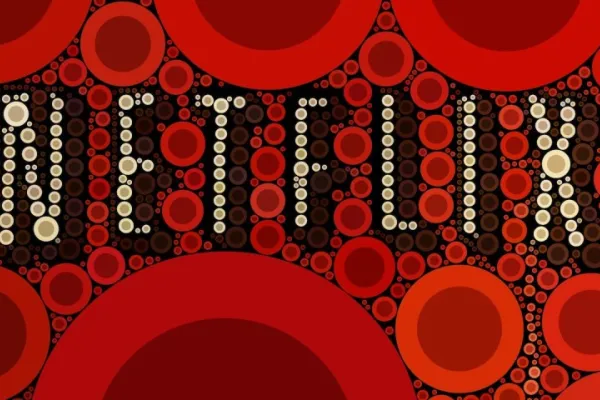 Details
Details

By Michael Korsunsky
Chief Marketing Officer, MGID
Santa Monica, US
Connect
From The New York Times to Business Insider, to most recently, The Atlantic, publishers are sending a message to online readers. In attempts to fight back against the growing implementation of ad-blockers, many publishers and ad-supported websites are adopting techniques such as introducing paywalls, limiting access to content or utilizing anti-ad-blocking bypass solutions.
From the consumer standpoint, reasons for employing ad-blockers are manifold. Some ads are intrusive and misleading. Some slow down site performance and load time eats up mobile data, all contributing to a poor user experience. In fact, the issue is so prominent, that the Interactive Advertising Bureau (IAB) recently delisted several ad formats that aren’t compliant with its new LEAN initiative focused on making ads “light, encrypted and AdChoices-enabled.”
Publishers fearing sudden death due to lost digital ad revenues are desperate to preserve margins, even if alienating some readers
However, on the publisher front, outlets such as The Atlantic are doing everything they can to recoup ad revenue losses. Consumers who try to read the politics and culture site with ad-blocking software enabled will be prompted to either “whitelist” the site, meaning that ads can filter through, or sign up for the ad-free digital subscription option for $3.99 a month or $39.99 a year. Clearly, publishers fearing sudden death due to lost digital ad revenues are desperate to preserve margins, even if that means alienating some readers.
Economically speaking all content costs money. For publishers such as The New York Times, rolling out a paywall may be beneficial, since the premium content it produces will continue to be valuable enough to consumers to warrant the spend. However, for smaller publishers that tend to offer niche content employing a similar tactic might not prove to be quite as rewarding, as fewer consumers are willing to fork over a fee. In simpler terms, The New York Times is like HBO, a producer of high-quality content with broad appeal. Regardless of the cost associated with consuming HBO content, many are willing to pay. On the other hand, smaller publishers are more akin to SyFy (American TV-cable channel) - the content is still high-quality, but fewer people are interested, meaning their payments won’t makeup for the loss in ad revenue.
Striking the right balance between maintaining a revenue stream and offering free content to readers is employing native ads
So what is the answer?
For many publishers striking the right balance between maintaining a revenue stream and offering free content to readers is employing native ads. It’s not yet the perfect solution, as consumers may still feel that even native ads are intrusive. That said, publishers can ensure the native ads that run on their sites are high quality by letting brands, agencies and networks use their editorial resources to produce ads that blend in well with existing content. A recent report by Native Advertising Institute shows this to be an increasingly popular option, with 42 percent of publishers saying they offer in-house native ad solutions through their editorial resources.
Related: How Publishers, Advertisers and Ad-blocking Users Benefit from Acceptable Ads Technology
Additionally, strides are being made to improve user experience through standardized digital ad directives. Neutral organizations like the Interactive Advertising Bureau (IAB) are working to set industry-wide regulations by partnering with The Coalition for Better Ads. These two entities are currently creating global standards for online advertising based on consumer insights and member expertise.
Through these advancements, and by recognizing both publisher and consumer pain points, finding a happy medium will soon become a reality. Though online native ad implementation can’t fully halt in changing consumer sentiment regarding content consumption, it is a viable option that has the capability to maintain balance between consumers, advertisers and publishers
Join us when the winners of the Native Advertising Awards will be announced as a part of Native Advertising DAYS 2016 in Berlin, Germany, on November 16th and 17th. For more information and to register go to our conference site.
Want more? Sign up for the Native Advertising Institute Newsletter and get weekly insights and news from the people who live and breathe native advertising.
Photo credit: Unsplash/Kaleb Nimz




